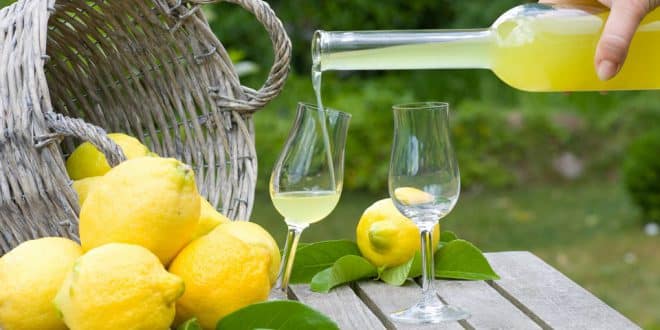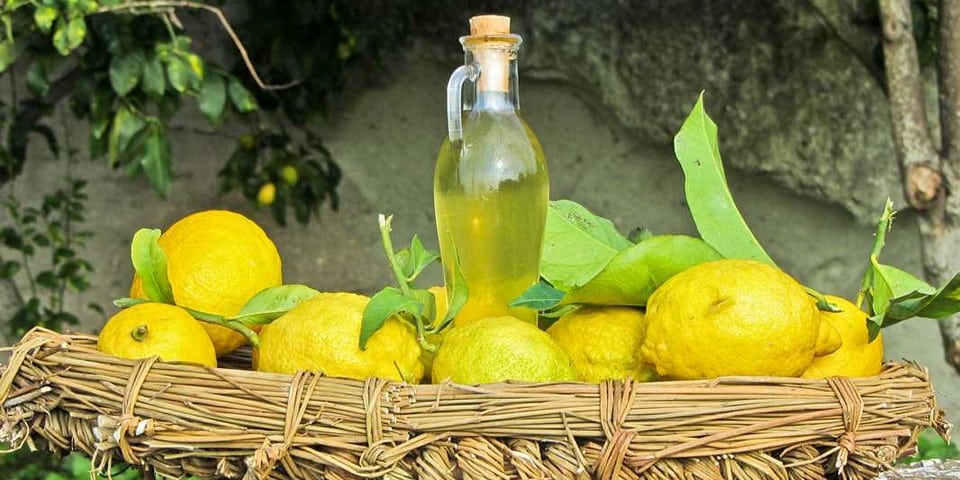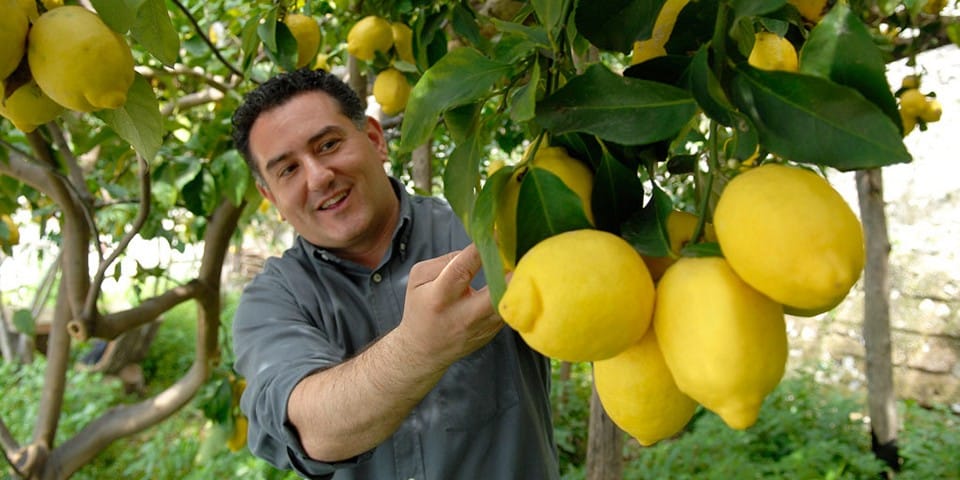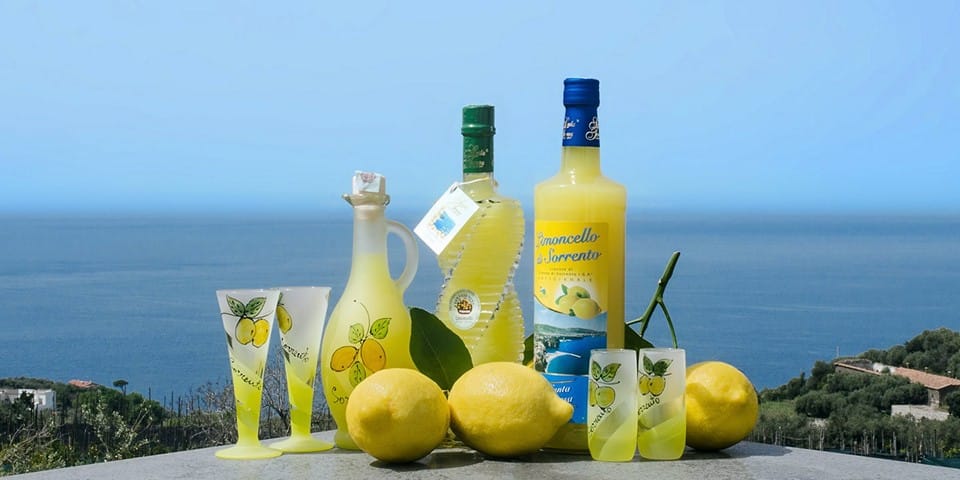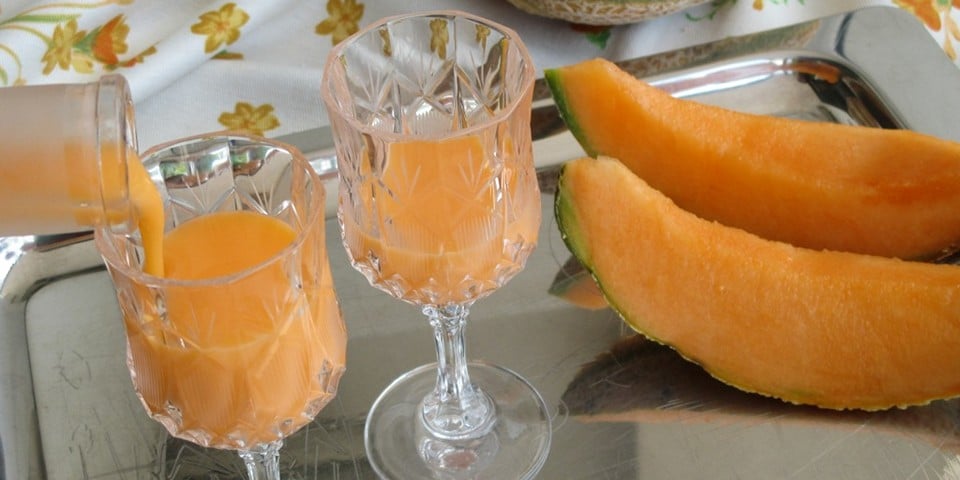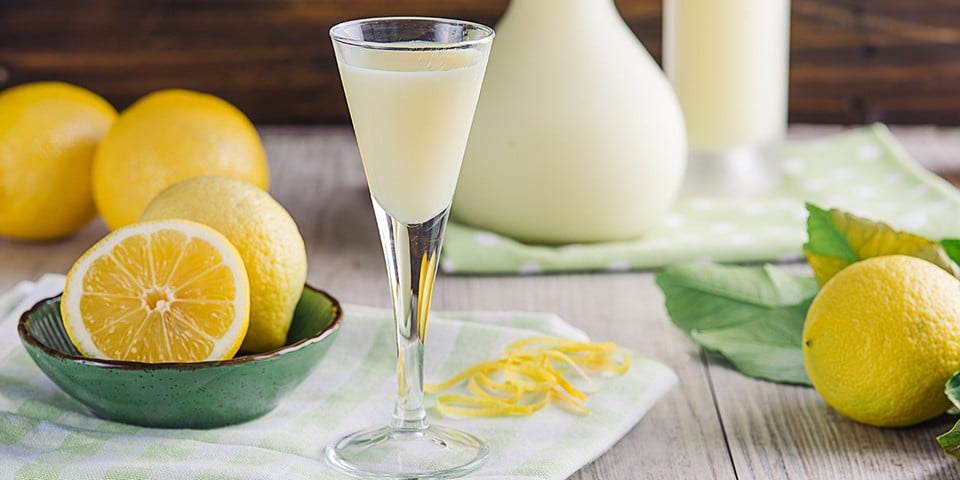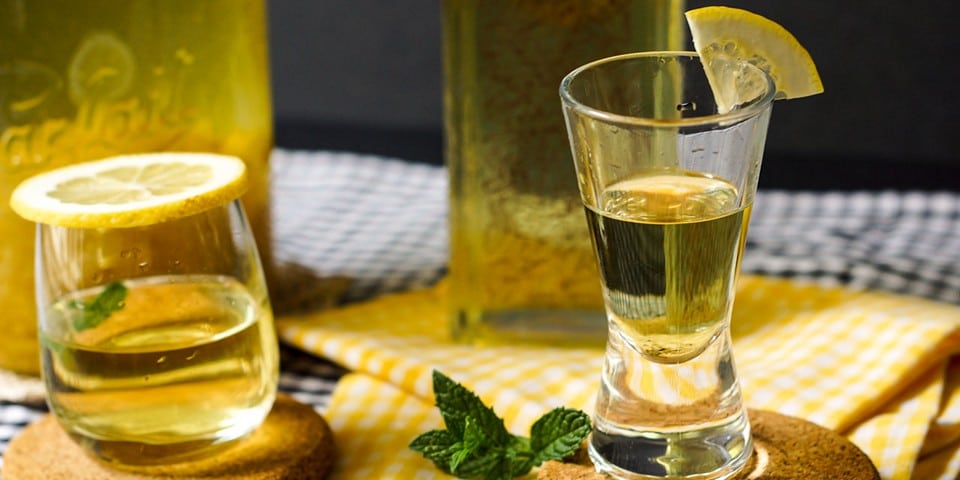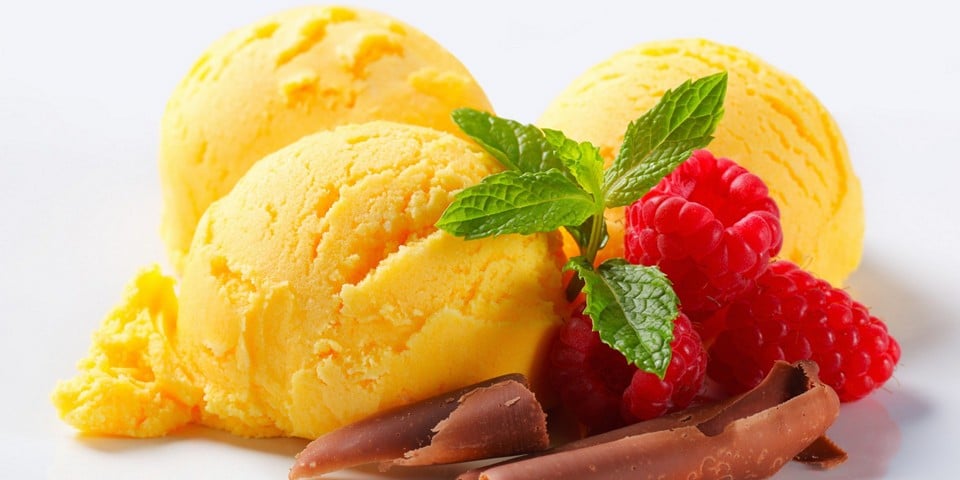Limoncello – one of the few Italian beverages whose main component you can identify from the name, even if you don’t speak the language. This fresh and aromatic, slightly sweet liqueur the color of liquid sunshine is primarily crafted from lemons in the southern part of Italy. In the northern regions, it’s better known as “limoncino.”
Despite the multitude of producers, the homemade recipe for limoncello remains widely popular. It stands among Italy’s most sought-after liqueurs and is gaining increasing recognition worldwide. Would you like to join us in diving into the alluring waters of the citrus ocean? Then, let’s dive in!
Page Contents
Origin
The history of limoncello’s emergence is enveloped in multiple legends. Several families from different Italian cities vie for the claim of developing its recipe. However, on the island of Capri, it’s believed that the drink’s origin is inseparably tied to entrepreneur Massimo Canale, who in 1988 first registered the trademark “Limoncello.”
It’s speculated that the drink was born in the early 1900s at the “Azzurra” pension, where a lady named Maria Antonia cultivated lemons and oranges. In the post-war era, her nephew opened a bar, Alex Munte, near the villa. The distinguishing product of the bar was a lemon liqueur made according to his grandmother’s old recipe. In 1988, under the guidance of Massimo Canale, a small artisanal production of the drink began.
Residents of Sorrento and Amalfi disagree with this version. For instance, in Sorrento, they are certain that many urban families in the early 20th century were already making lemon liqueur using traditional recipes for special guests.
In Amalfi, they speculate that the beverage’s production has ancient roots and is closely tied to lemon cultivation. However, as is often the case, there is no single truth, but there are many exciting versions.
- Some believe that peasants and fishermen used limoncello during early morning fishing trips to combat the cold during foreign invasions.
- On the contrary, others say that the recipe was born in monasteries to relax monks between intense prayers.
- A third group is convinced that nun cooks enhanced the flavor of lemon pastries with the liqueur in the Middle Ages.
In any case, one thing remains constant – the yellow beverage, having conquered Italy, has crossed its borders and has already claimed half of the global market.
Production Process of Limoncello
The production of limoncello might seem straightforward at first glance, but it does have its nuances. To make it, 90-proof ethyl alcohol is typically used, and lemon zest is soaked in it. Only the yellow part of the peel is used, as the presence of the white pith would lead to bitterness. On average, 10 large lemons are used per 1 liter of alcohol.
The steeping time depends on the manufacturer’s recipe, usually around 20 days. After steeping, a sugar syrup is added to the solution (600-700 grams of sugar per 1 liter of water in total). The liqueur is then filtered and bottled. After maturing for a month, limoncello is ready for consumption. The final product’s alcohol content ranges from 20 to 40 degrees, depending on the producer.
You might wonder, “What’s the difference between liqueurs from different companies?” The answer is simple: lemons!
For authentic limoncello, only “limoni di Sorrento” (lemons from Sorrento) are used. These lemons must grow in the region from Vico Equense to Massa Lubrense and on the island of Capri. The citrus cultivation methods in these areas are traditional. The unique characteristics of the fruits depend on the microclimate and proximity to the sea. Protection from cold winds is crucial, achieved through straw structures called “pagliarelle” around lemon orchards.
Harvesting takes place from February to October and is done by hand to prevent the lemons from touching the ground. During their growth, the fruits undergo no chemical treatment.
The difference also lies in the citrus flavors, which vary by variety. The most commonly used types include:
- Femminiello from Massa Lubrense – oval-shaped fruits with smooth skin, very juicy;
- Sfusato from Amalfi – cone-shaped lemons with thick skin and almost no seeds.
These varieties are characterized by an intense aroma of essential oils, which transition into the liqueur, giving it a unique citrus flavor. When you acquire the liqueur called “Limoncello di Sorrento,” you can be assured that you have an authentic traditional drink with genuine taste.
There are also unusual variations of the drink: Pistachiocello (with pistachios), Meloncello (with a melon flavor), Fragoncello (flavored with strawberries). Some less common flavors include honey, herbs, and pepper.
There is a version of the liqueur made with milk instead of simple syrup called “Crema di limoncello.” Often, it contains less alcohol (around 16%).
- Check out our guide to the cities, landmarks, and beaches of the Amalfi Coast in Italy.
Recipe for Homemade Limoncello
Recipe of Limoncello at Home
Undoubtedly, the best Limoncello is made in Italy. But you can also create an excellent liqueur at home. Why?
- Because many commercial versions of the drink are overly sweet, and you can adjust the amount of sugar to your taste.
- It’s much more pleasant to offer guests a liqueur of your own making.
- This represents significant cost savings, which is especially relevant in our time.
Since 90-proof alcohol is not readily available to everyone, we present to you a recipe for Limoncello using vodka. You will need:
- Lemons – 10 pieces;
- Vodka – 750 ml;
- Bottled water – 700 ml;
- Granulated sugar – 500 ml.
Before you begin, wash the lemons in warm water with a brush to remove any possible traces of chemicals.
Next, use a vegetable peeler to remove the zest from the lemons in long strips. If there is any white pith on them, carefully remove it with a sharp knife. Place the zest in a 2-liter pitcher, pour vodka over it, and cover the opening with a plastic bag. Infusion should occur at room temperature and ideally continue for about a month.
When maceration is complete, prepare the syrup. In a saucepan, heat sugar and water for 5 minutes until completely dissolved. Do not boil! Mix the alcohol-based solution with the cooled sugar solution and infuse again for 1 month.
Filter the resulting Limoncello, pour it into bottles, and place it in the freezer. Thanks to its unique taste and aroma, the liqueur is served without any additives or artificial colorings.
Recommendations
The straightforward recipe for limoncello with vodka still holds a few secrets, knowing which will enable you to create the perfect beverage:
- Use high-quality alcohol to prevent the resulting liqueur from freezing solid in the freezer.
- When infusing the zest, it’s best to place the container in a dark room or cupboard to prevent unwanted exposure of the essential oils to sunlight.
- The preparation time for the liqueur can be shortened. Infusion of the zest can take up to 4 days, and the maturation of the finished liqueur can be done overnight.
Despite the appealing figures in the last recommendation, often found in modern recipes, it’s worth noting that the ideal limoncello is well-aged.
How and What to Drink With
Italian cuisine cannot be imagined without limoncello. For this reason, there are unspoken rules for enjoying this alcoholic beverage.
The liqueur is consumed neat and mixed into various cocktails. Before serving the drink, it is essential to place it in the freezer for at least an hour. Tall, thin-stemmed glasses, similar to champagne flutes, are also chilled in the freezer. They should be dry to develop a layer of frost, not ice. It is believed that only this method can truly unveil the drink’s flavor and aroma.
Adding a couple of ice cubes to the limoncello is permissible if you’re short on time. Though a rare occurrence, it’s practiced solely in challenging situations.
In the republic, locals consume the liqueur after a meal as a digestif, aiding digestion. The beverage noticeably enhances digestive processes and stimulates appetite. After a glass of limoncello, some people feel incredibly hungry, even though they have eaten before. Despite this fact, it is not customary to pair the liqueur with food. Italians consider it impolite. As an exception, one can chew on the slice of lemon adorning the glass or a small piece of fruit (such as orange or banana).
According to Italians, cold appetizers, salads, and wine are served only after the glasses are empty, as they harmonize well with the lemon liqueur. This is also done only in cases when the guests have not yet departed. More often than not, sweet dishes and desserts follow limoncello.
Italians refrain from indulging in sweets after consuming limoncello, as even a small piece of chocolate can lead to a state of strong inebriation. For the same reason, limoncello is sipped in small sips, allowing it to linger in the mouth until a gentle warmth emerges. Again, a contradiction arises: the process shouldn’t be overly prolonged, as the liqueur needs to be enjoyed before the glass becomes warm. If an Italian cannot manage the liqueur in time, they typically request another chilled glass.
There are numerous cocktails based on limoncello. Here are the components of some of the most unique recipes:
- Black Lemon: 20 ml of limoncello + 30 ml of chocolate liqueur.
- Coral Queensland: 30 ml of vodka + 5 ml of limoncello + 5 ml of Blue Curacao liqueur + 60 ml of lemonade.
- Yo Ho: 30 ml of light rum + 30 ml of limoncello + a bitter lemon twist.
- Sweetie: 40 ml of vodka + 40 ml of Aperol + 40 ml of cranberry juice + 15 ml of limoncello + 15 ml of lemon juice.
All limoncello-based cocktails are served before or after meals. They are often accompanied by fruits and baked goods. Occasionally, they are enjoyed as refreshing drinks during snack breaks.
Sweet enthusiasts can indulge in gelato in practically all the republic’s restaurants, which is flavored with lemon liqueur syrup. Interestingly, this ice cream is served to both adults and children.
Price of Limoncello
The price of limoncello in Italy varies depending on the seller, manufacturer, ranging from 3.5 to 30 Euros for 500 ml.
Amid the waters of the citrus ocean, we find tranquility and return to the depths of existence. Love lightly, live boldly, travel successfully, and remember: “If life gives Italian lemons, they will undoubtedly make limoncello out of them!”
Interesting Facts about Limoncello
- Limoncello, originating from the sun-kissed Amalfi Coast in the early 20th century, embodies the essence of Italian craftsmanship. Created circa 1900 in Sorrento, this luscious liqueur melds the intense aromas of Femminello St. Teresa lemons with pure alcohol, resulting in a zesty, sweet elixir.
- Rooted in Italian heritage, Limoncello’s artistry lies in its meticulous production process. The zest of carefully selected lemons is meticulously steeped in alcohol, allowing the vibrant oils to meld over weeks. This ancient technique remains unaltered, preserving the liqueur’s distinctive taste.
- Hailing from Campania and Sicily, Limoncello thrives on regional diversity. Passed down through generations, families in these areas curate their recipes, creating variations that embody the terroir. This deep-rooted connection to the land translates into each bottle’s nuanced flavor profile.
- Savoring Limoncello turns into a sensory journey when served ice-cold. As an esteemed digestif, Italians embrace the ritual of freezing the liqueur and presenting it in chilled glasses. This unique practice highlights Limoncello’s harmonious blend of low alcohol content and natural acidity.
- Massa Lubrense’s Lemon Festival, a lively tribute to all things lemon, venerates Limoncello in its birthplace. Since 1932, this annual extravaganza showcases colossal lemons, vibrant parades, and, naturally, tastings of the beloved liqueur. This joyful event perpetuates Limoncello’s legacy with zestful enthusiasm.
 Italy for me From Italy with love
Italy for me From Italy with love

